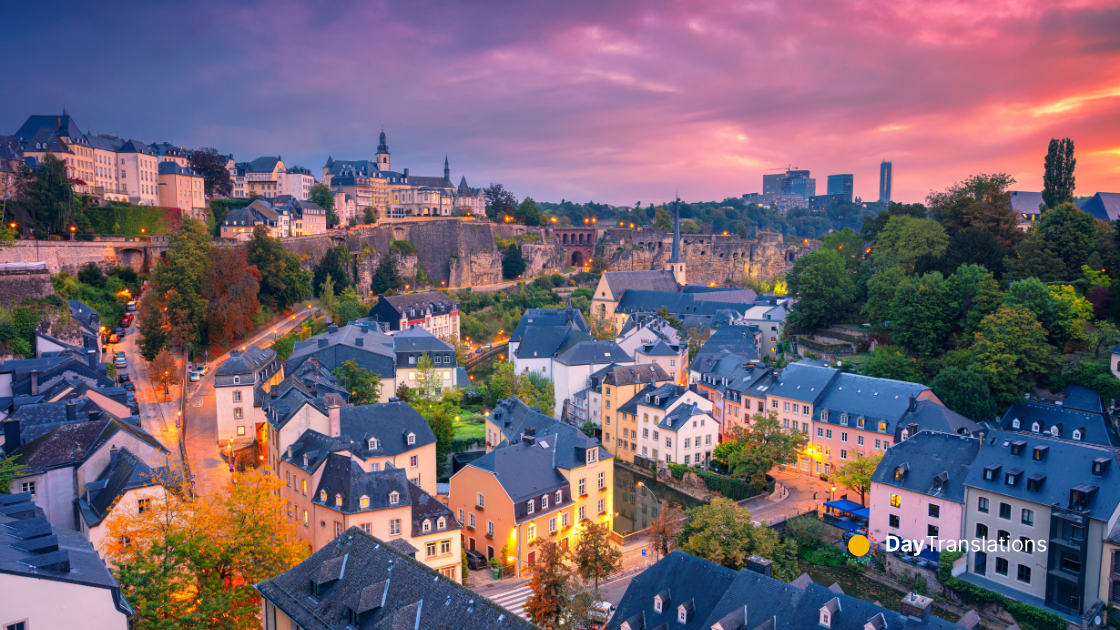Information about the Lithuanian Flag: Colors and Meaning of the Flag of Lithuania
In this Country Profile
The flag of Lithuania has a long history. In ancient times there were no national flags, just state flag. During that time the Great Duchy of Lithuania had a state flag that was red in color. On it was a white Vytis, a knight wearing an armor and riding a white leaping stallion. The knight held a sword high above his head. Lithuania underwent an era of national rebirth between the end of the 19th century and the beginning of the 20th century by fighting for their freedom from Russia. While fighting in the 1905 revolution and during World War I, the desire to become an independent state and the idea of creation of a new flag rose again.
There was a huge debate over the issue during the Conference of Vilnius in 1917, and the task of resolving the issue fell into the hands of the Council of Lithuania. Several ideas surfaced and a flag commission was created with Dr. Jonas Basanavicius, Tadas Daugirdas and artist Antanas Zmuidzinavicius. They submitted a proposal for a new flag design on April 19, 1918 that was adopted by the Council of Lithuania.
Colors
The adopted Lithuanian flag has three equal horizontal stripes with golden yellow on top, green in the middle and red at the bottom. The colors were selected, according to Dr. Basanavicius because these were colors that are found in folk weaving and other folk art often.
Meaning
The yellow symbolizes the fertile fields around Lithuania that turn golden when the grains planted on the fields, such as rye, flax and wheat ripen. The green represents nature and the vitality of Lithuania and the red represents the blood shed by those who fought for their nation’s freedom. Collectively the colors represent freedom from oppression, undaunted courage of the people and their hope for the future.
The adopted flag was first raised at the Council of State building on November 11, 1918 at the nation’s capital, Vilnius and was used until June 1940 before Lithuania was occupied by the Bolsheviks. It was raised again 48 years later, on October 7, 1988 at the Gediminas Castle when Lithuania gained its independence once again. It was readopted on March 20, 1989 following the end of the Soviet Union and Lithuania had become fully independent. The aspect ratio of the flag was changed from 1:2 to 3:5 in 2004. It should be noted that the Lithuanian flag looked the same as the flag of the Danish island of Ærø, which is located in the Baltic Sea.
:: References ::
http://www.omnitel.net/ramunas/Lietuva/lt_emblem_flag.shtml
http://www.mapsofworld.com/flags/lithuania-flag.html
http://en.wikipedia.org/wiki/Flag_of_Lithuania

Sorry, the comment form is closed at this time.